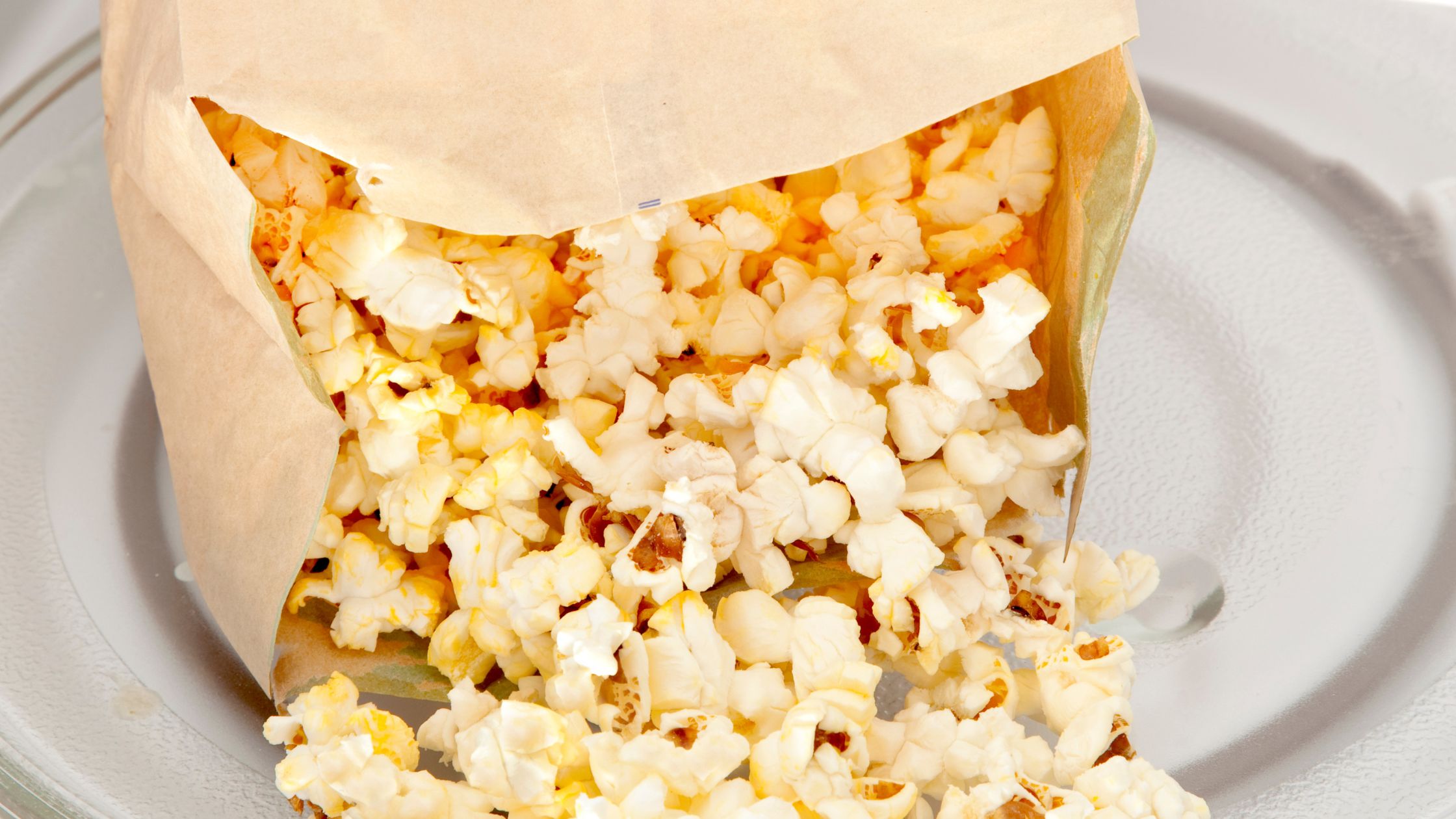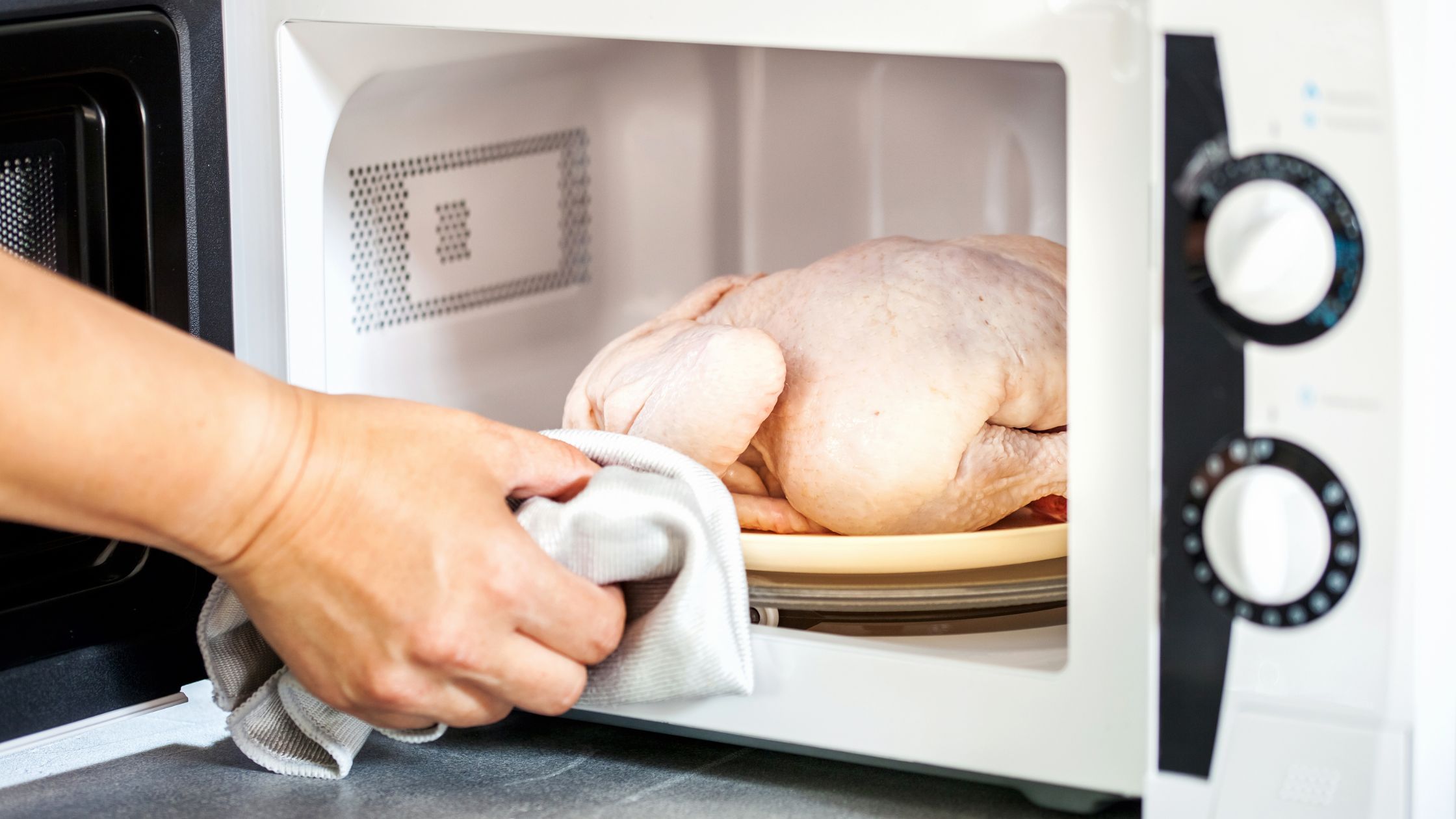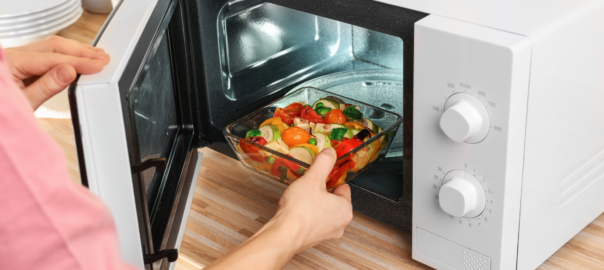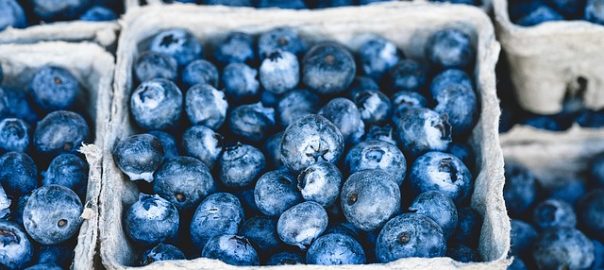This post started off innocently enough as a post in response to a question about if and how I use my microwave oven*. The post was responsible for a lively response from a number of people but brought up more questions.
I'll start by sharing an article by my friend Jodi Friedlander, NC, Microwave Ovens: What Do We Really Know? has shed light on the fact that perhaps microwave ovens aren't quite as dangerous as previously believed. In the past I was rather dismissive of their use, however, a microwave oven may not be as bad as I initially thought. I still firmly believe they're still not great for cooking and I think I'd prefer to mostly cook, and reheat, our food using more conventional methods.
How I use a microwave oven
I know some people don't even have one in their homes. I think if we didn't have one we would be okay. However, since we do have it here are some of the ways I use it:
- Microwaving sponges to kill bacteria - two minutes every morning
- Proofing space for rising baked goods - it's a perfect draft-free space
- As a draft-free space for making sprouts
- It's a great warming oven for waffles and pancakes - I put a cooling rack in there and then pile the waffles and pancakes on the rack. The proofing box space keeps everything warm and moist, the rack keeps the ones on the bottom from getting soggy
- To heat my buckwheat-filled neck wrap - great for a sore back, sore neck, or to warm your feet in bed on a cold night
Honesty compels me to admit I rewarm my tea in it (frequently) and my husband loves it for reheating leftovers. But we don't cook in it and if it weren't built in I might consider doing without it.
Questions about using a microwave oven
What about microwave popcorn?
I'm sorry but this is a bad bad bad bad bad idea. And did I mention that it's bad? Why you ask? Perfluorooctanoic acid (PFOA) is a known cancer-causing Teflon agent.
Admittedly all of the studies have only been done in rats. It's generally true that if it causes cancer in rats it is highly likely to cause cancer in humans, but that's another subject and I won't go there right now. That bag lining is the same material that is in Teflon pans. I tell people to throw out all of their Teflon cookware and invest in non-Teflon. I rarely tell people to throw things out, but this is one area where I feel it is never too soon to abandon the stuff.
The problem with PFOAs is that when you open that hot steamy bag of popcorn you are exposing yourself far more than when you cook on a Teflon pan, through the steam and through what has leached into the popcorn itself.
According to one scientist, "It is estimated that microwave popcorn may account for more than 20% of the average PFOA levels measured in American residents."
Not only that, there's the "butter" (in quotes because it isn't) which is linked to lung disease in factory workers exposed to the vapors. This is from the Diacetyl which is so toxic that "Significant new information regarding the health effects of diacetyl and food flavorings containing diacetyl (FFCD) affects the information that must be conveyed to employers and employees under the Occupational Safety and Health Administration’s (OSHA) Hazard Communication standard."
Bottom line: shift to hot air or stove-top popped popcorn and don't eat the microwave stuff.
Cooking in a microwave oven
Microwave ovens work differently than other cooking methods and there are some health risks that go along with it.
A study published in the American Journal of Epidemiology showed that cooking meat in a microwave oven does not kill bacteria (in this case salmonella). The study concluded, "Compared with conventional methods of reheating, microwave ovens had no protective effect in preventing illness. To prevent outbreaks such as this one, care must be taken to assure that food is both properly cooked and handled and properly reheated."
Another study, from CEBAS-CSIC in Spain, comparing various cooking methods and their effect on the nutrient status of food showed that steaming is the best way to cook vegetables. The worst is to microwave them; more nutrients are lost during the microwave cooking process.
Cooking in a microwave oven has also been shown to convert B12 to the inactive form thereby depleting its bioavailability by denaturing up to 40% of it in the food. We all need B12, if you're a vegetarian or a vegan this is even more critical.
To be fair all methods of cooking will reduce nutrient status somewhat, that is part of the process from heat. And if you are steaming especially vegetables, it can be a good idea to drink the nutrient-rich broth that remains behind. But overall microwave 'cooking' is, in my book, not a good idea.
In conclusion
So the end result? I certainly have no complaint with people wanting to reheat their food or beverages in a microwave oven. I do, however, think it's not a good idea to cook in it. And I think if you are re-heating something, you are best served to remove it from any plastic or coated surface, put in it ceramic, and use the oven to avoid any potential fumes or chemical leaching.
Let me know your thoughts, how you use your microwave oven, and/or if you are considering changing what you do based on the information you find here.
* A small nerd-humor note. I find myself consciously referring to microwave ovens as microwave ovens rather than as 'a microwave', 'the microwave', etc. The reason? My husband delights in telling me that "Microwaves are itty bitty little particles that you cannot see."
[expand title="Sources"]
Sharma, Manan et al. "Effective Household Disinfection Methods Of Kitchen Sponges". Food Control, vol 20, no. 3, 2009, pp. 310-313. Elsevier BV, doi:10.1016/j.foodcont.2008.05.020.
"Dietary Exposure To Perfluorooctanoic Acid (PFOA) And Perfluorooctane Sulfonic Acid (PFOS): A Review Of Recent Literature". 2022, p. ., https://www.tandfonline.com/doi/abs/10.1080/15569543.2017.1346685.
"Dietary Habits Related To Food Packaging And Population Exposure To Pfass | Environmental Health Perspectives | Vol. 127, No. 10". 2022, p. .,https://ehp.niehs.nih.gov/doi/full/10.1289/EHP4092.
"Popcorn Lung - Proquest". Proquest.Com, 2022, https://www.proquest.com/openview/273563539a6e7e57374db21d4490d7b9/1?pq-origsite=gscholar&cbl=1096447.
Gessner, Bradford D., and Michael Beller. "Protective Effect Of Conventional Cooking Versus Use Of Microwave Ovens In An Outbreak Of Salmonellosis". American Journal Of Epidemiology, vol 139, no. 9, 1994, pp. 903-909. Oxford University Press (OUP),doi:10.1093/oxfordjournals.aje.a117096.
[/expand]







